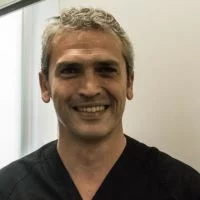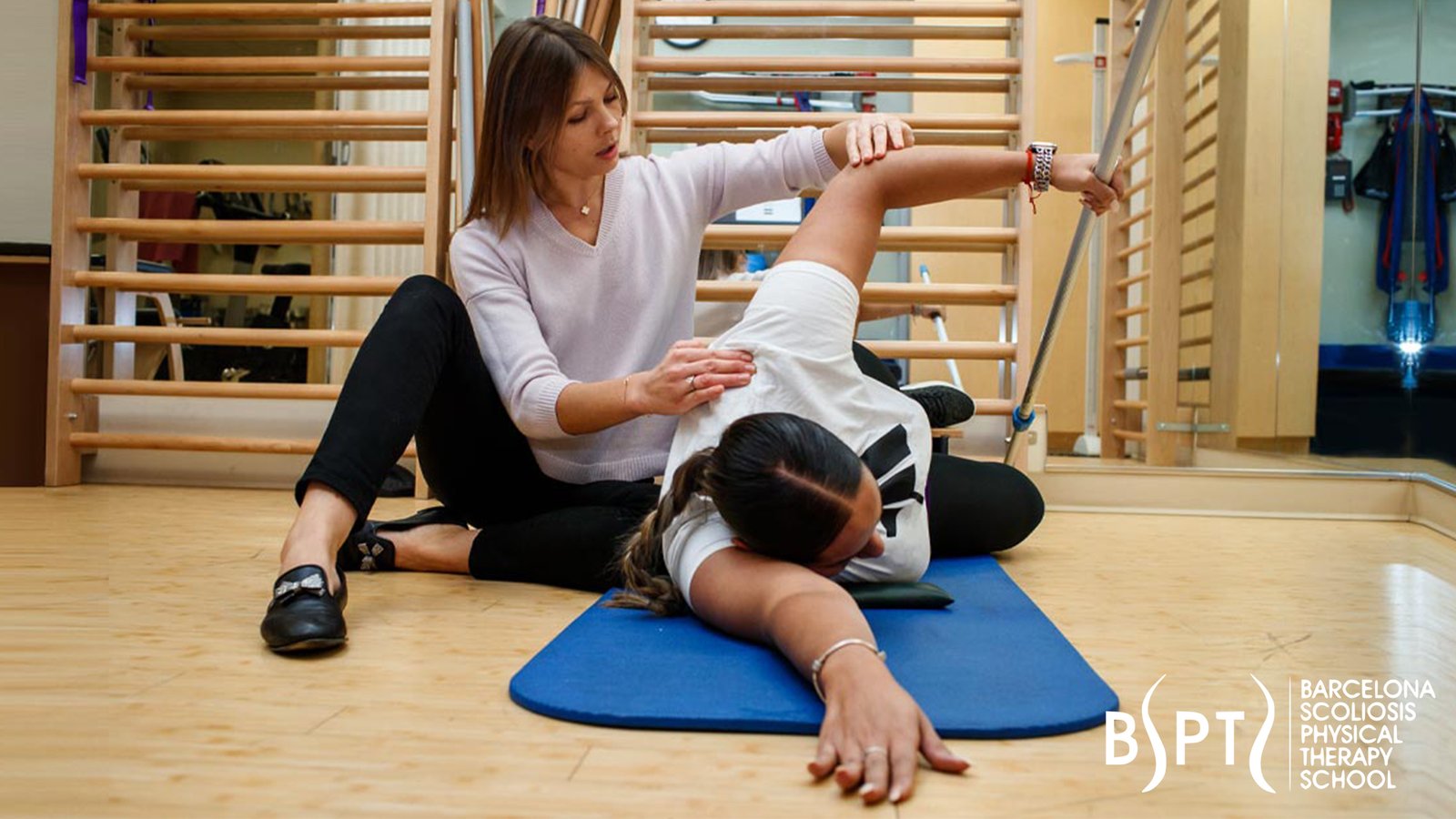BSPTS is a school created to offer education to Physiotherapists in treating patients with scoliosis and other spinal disorders, according to the general principles of the so called Physiotherapy Scoliosis Specific Exercises –PSSE (SOSORT Guidelines).
The Barcelona School was founded by Elena Salvá, a Catalan Physiotherapist, who introduced the German ‘Schroth Method’ in Barcelona during the 60’s.
Thus, BSPTS, was initially inspired and based on the original physiotherapy method created by Katharina Schroth in 1921.
The Schroth method became popular in Germany through K. Schroth’s daughter, Christa Lehnert-Schroth. Elena Salvá learned from both women before bringing the method to Barcelona.
At the late 80’s, Dr Manuel Rigo and his wife, Dr. Gloria Quera Salvá, Elena’s daughter, started educating Spanish Physiotherapists in accordance with Lehnert-Schroth and Dr H.R. Weiss methodology, Christa’s son. BSPTS was certifying physiotherapists, National and International, under the name of Schroth until the end of 2008.
Since then, three different branches emerged, the ISST from A.M. Hennes; Best Practice, From Dr. H-R- Weiss; and the BSPTS-Concept by Rigo. These three branches are based in some way, on the original Schroth method, but now days can be considered relevantly different, conceptually as well as technically.
BSPTS has evolved paying attention to three spheres of knowledge:
-
Specific knowledge on Scoliosis and other spinal disorders
-
The BSPTS-Concept by Rigo. Based on four general principles: Three-dimensional stable postural correction; Expansion Technique; Muscle activation and Integration.
-
The BSPTS-Technique. Based on different touching formats (feeling format, passive-active format, inducing format, dissociating format, activation format, integration format)
BSPTS’s proposal is about helping the physiotherapist to find a balance between these three spheres of knowledge.









